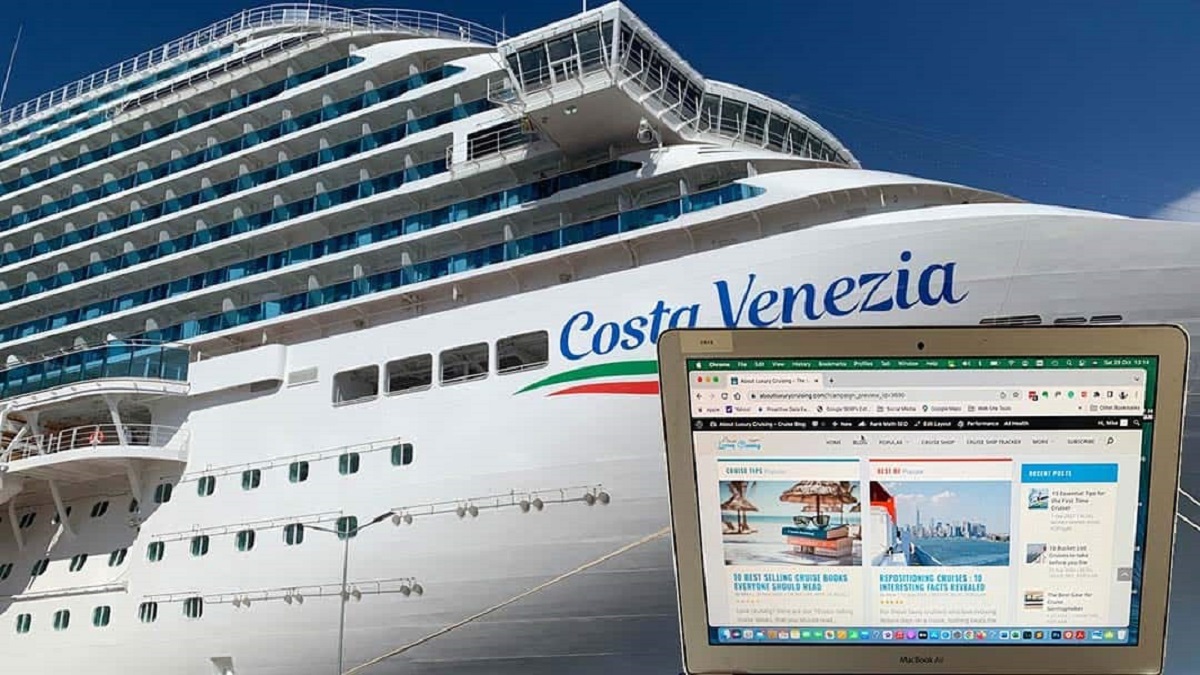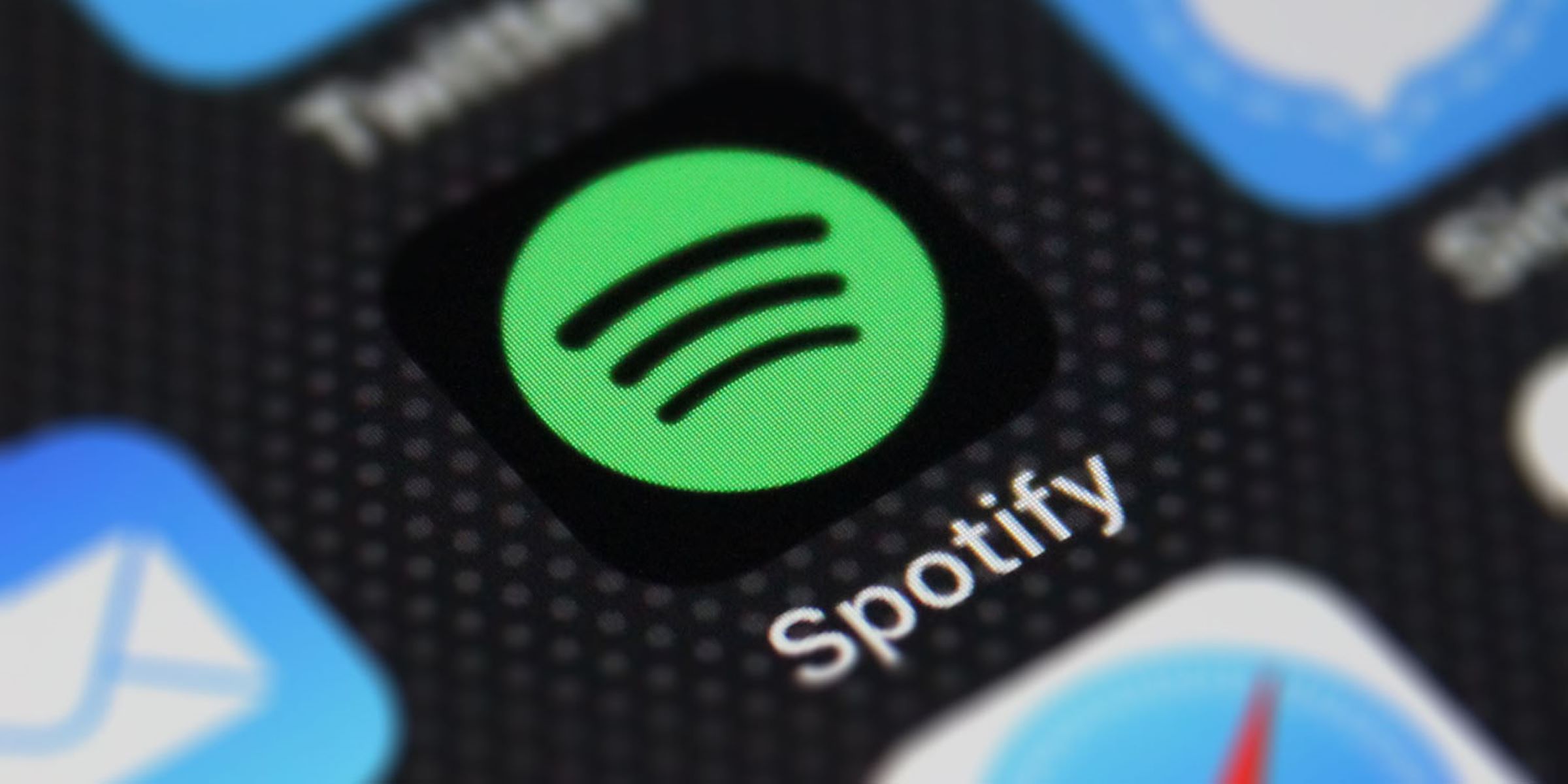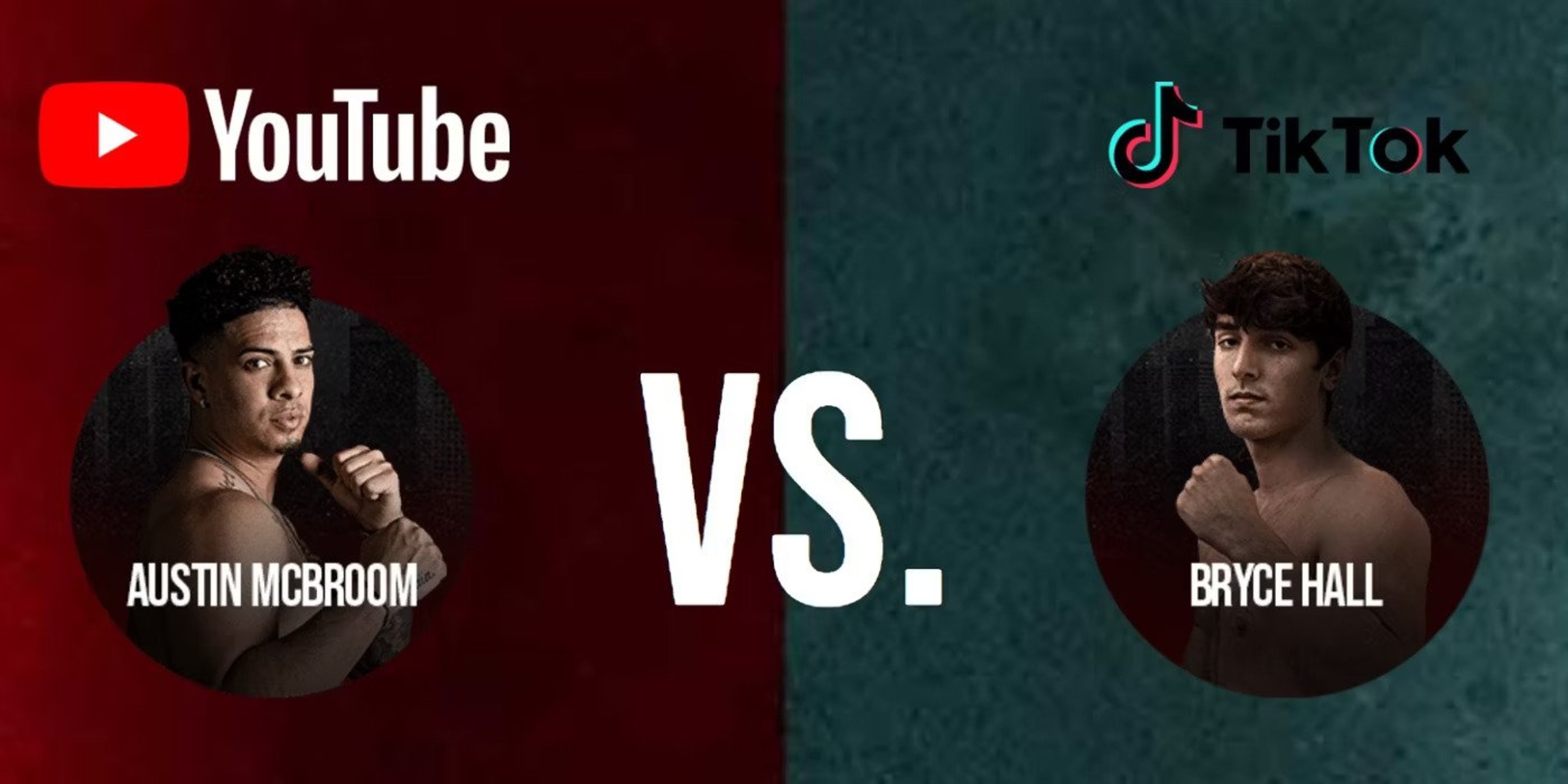Introduction
Welcome to the digital age, where music streaming has taken the world by storm. From platforms like Spotify and Apple Music to YouTube and SoundCloud, there are numerous avenues for artists to share their music with a global audience. However, one platform that often gets overlooked in the music streaming conversation is Facebook.
With over 2.8 billion monthly active users, Facebook is a powerhouse when it comes to connecting people and offering a variety of content. In recent years, Facebook has made a significant push to become a player in the music streaming industry, offering artists a new platform to share and monetize their work.
In this article, we will delve into the world of music streaming on Facebook and answer a burning question for many artists: How much does Facebook pay per music stream? Understanding the financial aspect of music streaming on Facebook is crucial for artists looking to maximize their earnings and navigate the ever-evolving landscape of the music industry.
So, let’s dive in and explore the fascinating world of music streaming on Facebook, uncovering the factors that influence Facebook’s payment for music streams, and providing strategies for artists to make the most of their opportunities on this platform.
Understanding Music Streaming on Facebook
When we talk about music streaming on Facebook, we’re referring to the ability for users to listen to music directly on the platform. Facebook offers various ways for artists to share their music, such as through Facebook posts, Stories, and even dedicated music streaming features like Facebook Live Audio.
Unlike dedicated music streaming platforms, where users actively search for and discover music, Facebook’s approach is more passive. Music streams on Facebook often happen organically as users come across posts or stories that include music. This presents a unique opportunity for artists to reach a vast and diverse audience that extends beyond dedicated music enthusiasts.
Additionally, the social nature of Facebook allows for greater engagement and interaction with fans. Users can like, comment on, and share music posts, helping to spread the word and potentially reach new listeners. This interconnectedness sets Facebook apart from other music streaming platforms and offers a different avenue for artists to connect with their audience.
It’s important to note that Facebook addresses copyright concerns by partnering with music rights holders to ensure artists are properly compensated for their work. As an artist, you have the option to join Facebook’s music monetization program, which enables you to earn royalties from music streams on the platform.
Understanding how music streaming works on Facebook and the unique dynamics of the platform is essential for artists looking to leverage this medium to share their music, grow their fan base, and generate income.
How Does Facebook Pay for Music Streams?
Now that we have an understanding of music streaming on Facebook, let’s dive into how Facebook pays artists for their music streams. Facebook uses a combination of advertising revenue and music licensing agreements to compensate artists.
When users stream music on Facebook, advertisements may be displayed before, during, or after the content. These ads generate revenue, a portion of which is allocated to the artists whose music is being streamed. The exact payment structure can vary, but Facebook typically pays artists based on a formula that considers factors such as the number of streams, engagement metrics, and the revenue generated from ads.
Furthermore, Facebook has entered into licensing agreements with major music rights organizations and labels to ensure proper compensation for artists. These agreements allow Facebook to legally stream music and distribute royalties to rights holders. As an artist, it is important to be registered with a music rights organization or have a label representing your work to ensure you receive your fair share.
It’s worth mentioning that the payment process can be complex due to factors such as regional variations, monetization eligibility criteria, and the presence of multiple rights holders for a song. However, Facebook is actively working to simplify and improve its payout system to ensure artists receive timely and accurate compensation for their music streams.
By blending revenue from advertisements and licensing agreements, Facebook aims to create a sustainable model where artists can monetize their music and continue creating impactful content for their fans.
Factors Influencing Facebook’s Payment for Music Streams
Several factors come into play when determining how much Facebook pays artists for their music streams. Understanding these factors can shed light on the variables that influence payment rates and help artists optimize their earning potential on the platform.
1. Advertiser demand: The demand for advertising space on Facebook can impact payment rates. Higher demand leads to more lucrative advertising deals, which in turn can result in higher payments for artists.
2. Engagement metrics: Facebook takes into account user engagement with music posts, including metrics such as likes, comments, and shares. Higher engagement indicates that users find the music content valuable, which can result in higher payment rates.
3. Regional differences: Payments can vary based on the geographic location of the audience. Factors such as the size of the market, advertising rates, and regional music consumption patterns can influence payment rates for music streams.
4. Monetization eligibility: Artists must meet certain criteria to be eligible for monetization. This includes being part of a music rights organization or having a label representing their work. Meeting these eligibility requirements is essential to receive payment for music streams on Facebook.
5. Rights holders: When multiple rights holders are involved for a song, the payment process becomes more complex. Facebook ensures that royalties are distributed accurately among all rights holders, which can impact the payment rates for individual artists.
It’s important to note that Facebook is continuously evolving its payment system and refining its methodology. Artists can stay updated by actively engaging with Facebook’s resources and seeking guidance from music rights organizations or industry professionals.
By understanding the various factors that influence Facebook’s payment for music streams, artists can make informed decisions about their music distribution strategies and optimize their earnings on the platform.
Calculating Facebook’s Pay Per Music Stream
While Facebook’s payment structure for music streams may seem complex, artists can get an idea of their potential earnings by understanding how payments are calculated. Although exact figures may vary, certain factors can give artists a general idea of the pay per music stream on Facebook.
First and foremost, one must consider the revenue generated from advertisements. Facebook allocates a portion of this revenue to pay artists based on the number of music streams and the engagement metrics associated with those streams. Higher engagement, such as more likes, comments, and shares, can result in higher payments.
Secondly, Facebook takes into account the music licensing agreements it has in place with rights organizations and labels. These agreements ensure that artists receive their fair share of royalties from the streams of their music. The payment rates can vary based on the terms of the agreements and the specific rights held by the artist.
It is important to note that Facebook does not publicly disclose the exact payment rates per music stream. The rates can vary depending on factors such as geographic location, audience size, and advertising demand. Furthermore, different payment rates may apply to different types of content, such as live performances or recorded music.
While specific calculations may not be readily available, artists can estimate their potential earnings by closely monitoring their engagement metrics and understanding the ad revenue generated from their music streams. The more popular and engaging the content, the higher the likelihood of earning a higher pay per music stream.
Ultimately, artists can maximize their earnings on Facebook by focusing on creating compelling music content that resonates with their audience, actively promoting their music streams, and ensuring they are part of relevant music rights organizations or have proper representation from labels.
While the exact payment per music stream on Facebook may not be easily quantifiable, artists can leverage their understanding of the factors that influence payments to optimize their strategy and make the most of their opportunities on the platform.
Comparison of Facebook’s Pay with Other Platforms
When considering the payment rates for music streams, it’s essential to compare Facebook’s pay with other prominent music streaming platforms to get a broader view of the landscape. While the exact payment rates may differ, understanding how Facebook’s pay compares with other platforms can help artists make informed decisions about where to focus their efforts.
Platforms like Spotify, Apple Music, and YouTube are widely recognized as major players in the music streaming industry. These platforms have established payment structures and offer artists significant opportunities to monetize their music.
Spotify, for example, pays artists based on a pro-rata system, where the revenue generated is divided among all the streams in a given period. The exact payment per stream can vary based on factors such as the country of the listener and the user’s subscription type. However, on average, Spotify’s payment per stream tends to be higher than other platforms.
On the other hand, YouTube operates on a different model, where revenue is generated from advertisements displayed alongside music content. However, the payment rates per stream on YouTube are relatively lower compared to platforms like Spotify.
When it comes to Facebook, the pay per music stream may not be as high as Spotify, but it offers its own unique advantages. Facebook’s vast user base and the ability to reach a diverse audience can provide artists with valuable exposure and potential fan growth. Additionally, the social nature of Facebook allows for greater engagement and interaction, which can lead to increased visibility and potential revenue opportunities.
While comparing payment rates is important, it is equally crucial to consider the overall value that each platform provides. It’s not just about the pay per stream, but also the potential for building a fan base, connecting with listeners on a personal level, and leveraging the platform’s features for promotion and engagement.
Ultimately, artists should evaluate their goals, target audience, and musical style when choosing the platforms to focus on. Diversifying across multiple platforms may be a wise strategy to maximize reach and potential earnings.
By staying informed about the payment structures and comparing Facebook’s pay with other platforms, artists can make informed decisions about their music distribution strategy and choose the platforms that align best with their goals and aspirations.
Tips for Artists to Maximize Earnings from Music Streams on Facebook
While Facebook offers a unique platform for artists to share and monetize their music, there are specific strategies that artists can employ to maximize their earnings from music streams. Here are some valuable tips to help artists make the most of their opportunities on Facebook:
- Join Facebook’s music monetization program: Ensure that you are registered with a music rights organization or have proper representation from a label. Join Facebook’s music monetization program to be eligible for royalties and payments from your music streams.
- Create engaging and shareable content: Focus on creating music that resonates with your audience and encourages engagement. Craft compelling posts, stories, or live performances that make users want to like, comment, and share the content with their friends.
- Utilize Facebook’s promotion tools: Take advantage of Facebook’s advertising and promotional features to reach a wider audience. Boost posts, create targeted ads, and use Facebook’s targeting capabilities to connect with users who are likely to appreciate your music.
- Engage with your audience: Actively respond to comments and messages from your fans. Build a personal connection and show appreciation for their support. This fosters loyalty and encourages further engagement with your music content.
- Collaborate and cross-promote: Collaborate with other artists or influencers on Facebook to tap into their existing fan base and expand your reach. Cross-promote each other’s music to introduce your work to new audiences.
- Participate in Facebook Live events: Take advantage of Facebook’s live streaming feature to connect with fans in real-time. Host live performances, Q&A sessions, or exclusive behind-the-scenes content to create unique and engaging experiences for your audience.
- Embed and share music from other platforms: Promote your music streams on other platforms, such as Spotify or YouTube, by embedding and sharing the content on Facebook. Drive traffic from Facebook to these platforms to increase your overall streaming numbers.
- Consistency is key: Regularly share new music, updates, and engaging content with your audience. Consistency helps build a loyal fan base and keeps users engaged and coming back for more.
- Monitor your analytics: Keep a close eye on your analytics to track the performance of your music streams on Facebook. Identify trends, understand which content performs well, and adjust your strategies accordingly.
By implementing these tips, artists can take full advantage of the opportunities that Facebook offers and maximize their earnings from music streams. Remember, building a successful music career on Facebook requires dedication, creativity, and a deep understanding of your audience.
Conclusion
Facebook has emerged as an influential player in the music streaming industry, offering artists the opportunity to reach billions of users and monetize their music. While the exact payment rates per music stream on Facebook may not be easily quantifiable, understanding the factors that influence payments and comparing Facebook’s pay with other platforms can help artists navigate this evolving landscape.
By joining Facebook’s music monetization program, creating engaging content, utilizing promotional tools, engaging with their audience, and collaborating with others, artists can maximize their earnings from music streams on Facebook. Consistency, analytics monitoring, and cross-promotion are also essential strategies to ensure lasting success.
It’s important for artists to not only focus on the payment per music stream but also consider the broader value that Facebook offers, such as exposure, audience engagement, and potential fan growth. By leveraging Facebook’s unique features and its vast user base, artists can create meaningful connections with their fans and expand their reach.
As Facebook continues to refine its payment structure and improve its payout system, artists should stay informed and adapt their strategies accordingly. Diversifying across multiple platforms can also help artists reach a wider audience and increase their overall earning potential.
In conclusion, while the payment per music stream on Facebook may vary, by understanding the mechanics and implementing effective strategies, artists can seize the opportunities offered by this platform, connect with fans, and maximize their earnings from music streams on Facebook.

























